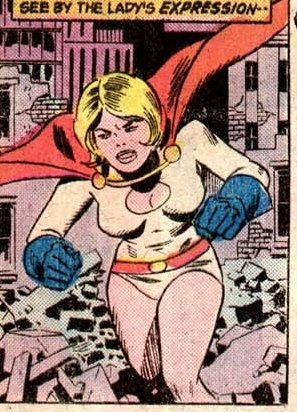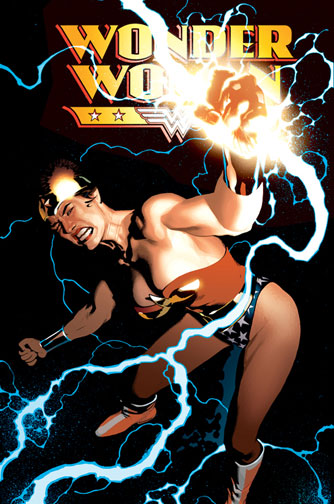Just when I was starting to feel like I was getting old, the U.S. Department of Health and Human Services comes through and treats me like a kid again:
Now the government is targeting unmarried adults up to age 29 as part of its abstinence-only programs, which include millions of dollars in federal money that will be available to the states under revised federal grant guidelines for 2007.
Up to 29? Heck, even if we don’t take the usual tactic here of focusing on the endpoint, the average age of the cohort they’re including is 24. Most unmarried 24-year-olds are going to be either in the workforce or higher education – presumably at that point they’ve merited a little autonomy?
For twenty-somethings, it’s not really an abstinence only program any more, because as far as I’m aware there’s no centralized, government-funded source of sex education for us. There is not as yet any law against turning on my TV and watching Sue Johansson on cable, or going to the library and checking out books on the subject, or going online and (unless I’m on Buffalo’s heavily filtered municipal wireless, where I can’t read half my usual blogs because they’re afraid someone’s going to lure a kid into an unmarked van with promises of Pandagon posts) reading about any imaginable variation.
In addition, many of the abstinence arguments for teenagers simply don’t apply in the same way. Telling a 15-year-old that he or she should wait to have sex is very different from telling a 25-year-old to wait. The message to the kid is more “wait until you’re older” than “wait until you’re married,” although the assumption is that they will follow the approved life script and marry in their late teens or twenties. For the adult, it’s all about marriage – nobody has a problem with his or her married peers being sexually active – and an adult has a better idea of the likelihood of their getting married at some point than a teenager does.
So I suspect “abstinence only” isn’t really aimed at gutting sex ed like it is for the kids; it’s about funding a propaganda campaign.
But Wade Horn, assistant secretary for children and families at the Department of Health and Human Services, said the revision is aimed at 19- to 29-year-olds because more unmarried women in that age group are having children.
Wait, I thought that women were supposed to have children in their twenties. Isn’t that what the panic about career women who wait until later in life to have kids is about? Oh, right, we’re talking about unmarried women here. (I suspect we’re also talking about women of color here when we mention “identifying groups” at risk.)
“The message is ‘It’s better to wait until you’re married to bear or father children,’ ” Horn said. “The only 100% effective way of getting there is abstinence.”
This is flatly untrue. Given that (as of now) abortion and contraception are both legal, for folks with access to them (which sadly isn’t universal), that’s pretty much a 100% effective way of not bearing children you don’t want. Ironically, the statement is a lot more true for men, given that they have to abide by their partner’s decision. So why does “abstinence only” ignore contraception for does every form of abstinence only treat men’s behavior as an afterthought?
Furthermore, I’m not sure how my marrying someone would make either them or me a better parent. The only thing I can think of is that they could get the benefit of my health insurance. It’s not going to make us better off financially or make me want children.
I think this shows what the “abstinence only” movement is really about: it’s less about helping people than social control. (I suppose that when enough arguments get leveled at the pregnancy rationale, they’ll switch over to STDs as the reason.) Abstinence-only education, the ire over gay marriage, it all boils down to the idea that we should all be good little Christians and adhere to the script; if we’re not good little Christians, we should at least have the decency to hide it.
More at Pandagon.





